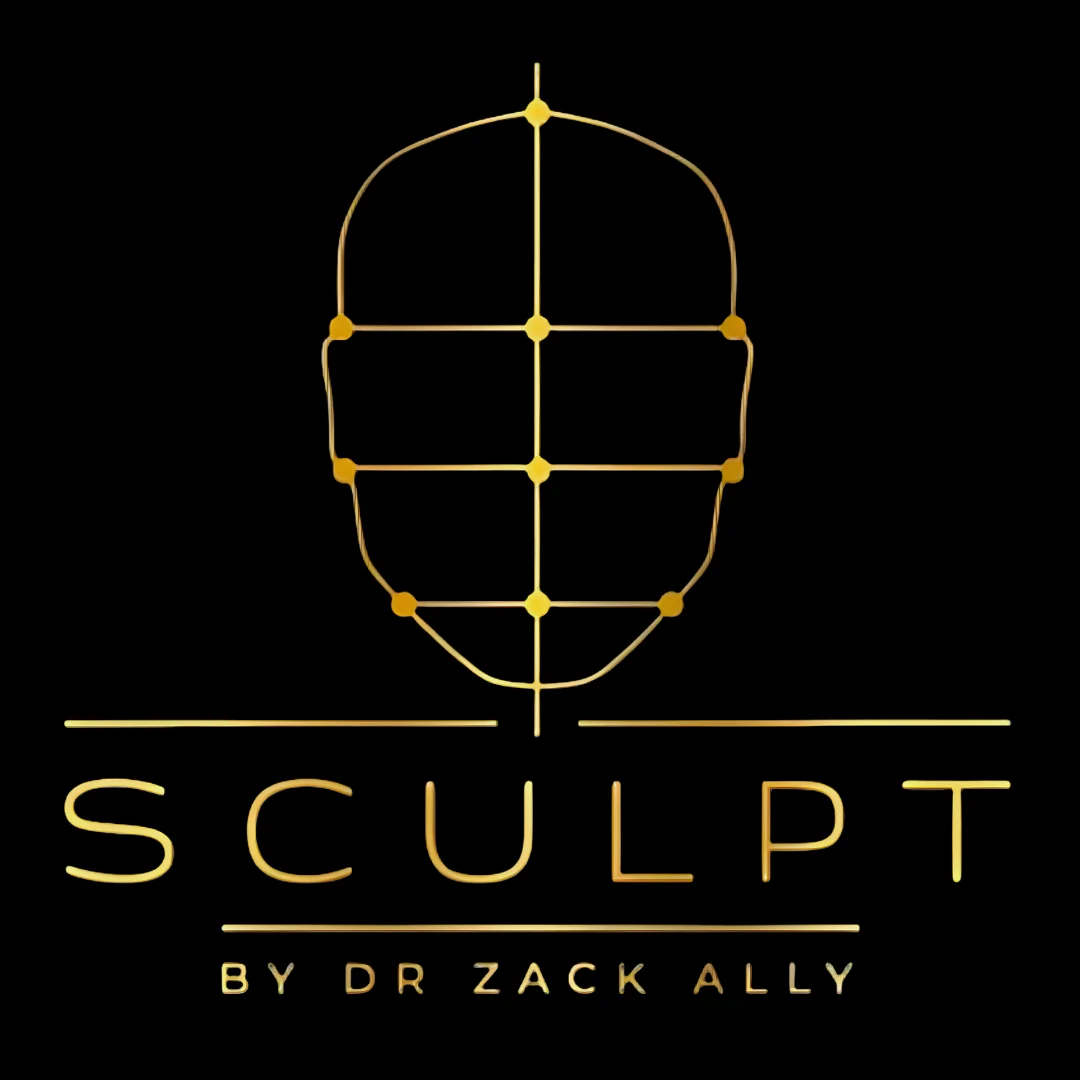BLOG POST
THE AESTHETIC PSYCHE
A good injector knows who to inject,
a great injector knows who not to
Patients and beginners look at individual areas,
experienced and artistic injectors see how it fits
An artist is not paid for his labour,
but for his vision
Patients and beginners look at individual areas,
experienced and artistic injectors see how it fits
An artist is not paid for his labour,
but for his vision
Success in the aesthetic medicine industry hinges on two critical factors:
- Artistic Skill
- Management of People
While artistic skill can be taught and honed through training, the ability to manage the psychological dynamics of aesthetic patients remains an under explored area. Despite existing guidelines like GMC, FACE-Q, and NICE, no formal training adequately equips practitioners to navigate the complex psychological landscape of their patients.
Aesthetic medicine isn’t just about achieving the perfect result—it’s about understanding the motivations, emotions, and expectations that drive patients to seek treatment. Many injectors find themselves struggling to manage the psychological nuances of their patients, which can lead to dissatisfaction, misunderstandings, or even ethical dilemmas.
This gap in psychological training leaves practitioners at risk of failing to address the emotional needs of their patients or appropriately managing unrealistic expectations. Without these skills, even the most technically proficient injector can struggle to build trust, ensure satisfaction, and maintain professional boundaries.
Understanding patient psychology starts with recognising the diverse personalities and motivations that drive individuals to seek aesthetic treatments. Practitioners often encounter the following types of patients:
1) The Garrulous
Talkative and often oversharing, this patient may dominate consultations, making it challenging to extract key information.
2) The Body Dysmorphic
Struggles with distorted self-image and may seek treatments for issues others don’t perceive. Managing these patients requires sensitivity and often referral to psychological support.
3) The Straight Talker
Clear and direct about their goals, but may lack flexibility in their expectations.
4) The Highly Expectant
Holds very specific (and sometimes unrealistic) expectations about the results of treatment.
5) The Emotionally Dependent/Needy
Relies on their practitioner for emotional support and validation, often placing significant pressure on the clinician.
6) The Researcher
Comes armed with extensive (and sometimes inaccurate) knowledge from the internet, challenging the practitioner’s expertise.
7) The Boundary-Crosser
Tests the limits of professional boundaries, whether through excessive communication or personal demands.
Equally important is self-awareness—understanding your own psychological profile as a practitioner. Clinicians typically fall into one of the following categories:
1) The Ego/Rockstar
Thrives on recognition and validation, sometimes at the expense of patient needs.
2) The Pushover
Struggles to enforce boundaries, often leading to burnout or ethical complications.
3) The Academic
Prioritises evidence-based practice but may lack the interpersonal skills to connect deeply with patients.
4) The Artist
Balances technical skill with emotional intelligence, creating both aesthetic and psychological harmony for their patients.
The aesthetic industry offers numerous programs to refine artistic skills, yet formal education on managing patient psychology remains noticeably absent. Introducing psychological assessment training into aesthetic education is essential to empower practitioners with the skills needed to:
✦ Identify and address body dysmorphic tendencies effectively.
✦ Communicate and establish realistic patient expectations.
✦ Professionally manage emotionally dependent or highly expectant individuals.
✦ Maintain clear boundaries with challenging patients.
✦ Cultivate self-awareness to better understand and navigate their own biases and emotional responses.
Elevating the standard of care in aesthetic medicine requires bridging the gap between technical expertise and psychological insight. By integrating formal training in patient psychology, practitioners can better navigate the complexities of human behaviour, leading to safer practices and more fulfilling outcomes for both patients and clinicians.
To address this critical gap, Dr Zack Ally developed a groundbreaking framework categorising patient and clinician types. This approach equips practitioners with the tools to understand their patients’ unique psychological profiles and confidently manage the dynamics of each interaction.
At Sculpt Clinic, we take pride in delivering exceptional training rooted in Dr Zack’s extensive expertise and insights. Our programs seamlessly blend advanced technical education with essential psychological strategies, ensuring practitioners are fully prepared to excel in today’s aesthetic field.
We believe true success in aesthetics goes beyond artistry—it’s about building trust, understanding patient motivations, and fostering meaningful connections.

